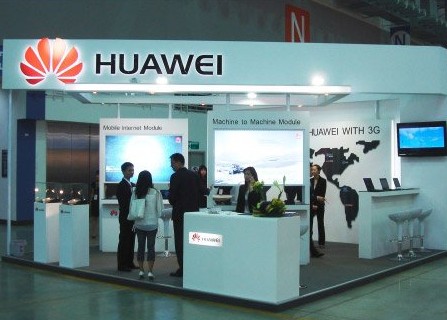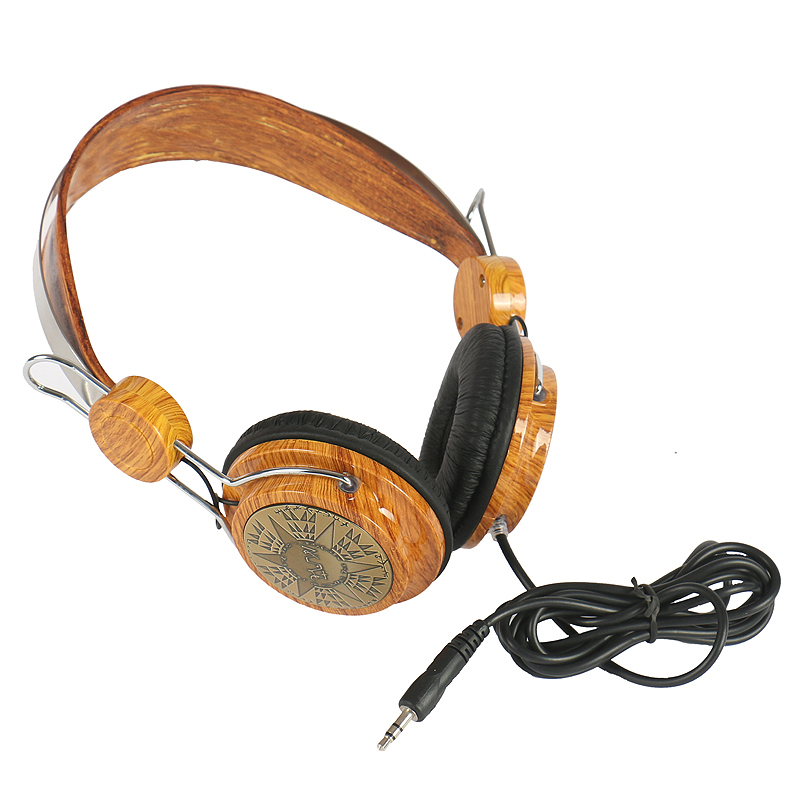Last year, there were only 5 commercial TD-LTE networks in the world, and the construction of a large-scale test network in China was just beginning. According to Tencent Technology's understanding from Huawei, as of April this year, a total of 42 TD-LTE commercial networks have been deployed worldwide, 17 of which were officially commercialized by GSA, and the total number of TD-LTE users is nearly 3 million. Among the 17 officially commercial networks, Huawei participated in the construction of 13 networks including Japan ’s Softbank and the UK UKB.
In addition, there are 175 LTE commercial networks worldwide, and Huawei has deployed 85 LTE commercial networks and 70 EPC commercial networks. Huawei LTE has entered more than 70 capital cities and nine major financial centers in the world: London, Hong Kong, Singapore, Zurich, Seoul, Tokyo, Geneva, Toronto, etc. TD-LTE has become the fastest growing field of Huawei wireless.
Chips and terminals get rid of shortcomings. Compared with a year ago, chips and terminals have become shortcomings in the development of TD-LTE. Today's TD-LTE chips and terminals have made breakthrough progress. According to GSA statistics, as of April 2013, a total of 166 TD-LTE terminals have been released worldwide, including 16 TD-LTE smartphones, and 79% of the terminals support multi-mode and multi-frequency.
Well-known terminal manufacturers have launched TD-LTE products, such as Samsung's Galaxy S3 / S4, Huawei Ascend P1 / D2, as well as Nokia, Motorola, Sharp and HTC. TD-LTE chips are developing rapidly. All chip manufacturers have at least launched dual-mode (LTE TDD / FDD) chips. Among them, Qualcomm has introduced six-mode (full-mode) chips, and HiSilicon has launched five-mode chips.

In an interview with Tencent Technology, Deng Taihua, President of Huawei's TDD product line, said, "Huawei has taken TD-LTE as a strategic development direction and has always insisted on end-to-end investment. That is, continuous investment from network equipment, chips to terminals.
It is understood that Huawei HiSilicon has launched a series of TD-LTE chips such as Balong710, Balong910 and Balong720. It adopts a 28nm single-chip system and fully supports dual-stream beamforming, voice fallback, carrier aggregation, Hetnet and Next Comp. Solution. As of April this year, Huawei has released more than 30 TD-LTE terminals. In addition to the basic application USB Dongle / CPE / Mobile WiFi, there are Ascend P1 / D2 TD-LTE multi-mode phones with VPN / VOIP Of enterprise applications CPE.
At the same time, the speed of domestic TD-LTE scale trial network construction is also accelerating this year. China Mobile's (Weibo) deployment of 20,000 base stations in 13 cities is accelerating. Among them, Hangzhou and Wenzhou, which were built by Huawei, have taken the lead in commercial use, and the number has been broken. At the same time, the two cities of Shenzhen and Guangzhou also started trial commercialization at the end of February this year. In addition, China Mobile has launched a tender for 20 billion TD-LTE equipment, and the number of base stations is close to 200,000.
Faced with the problem of network construction frequency, Deng Taihua also revealed, "Because the entire network of China Mobile is very complicated, there are certain differences in the network construction needs of each province, so Huawei launched various solutions for China Mobile this year. Regardless of China Mobile What kind of network construction mode is adopted, whether it is to use F-band upgrade and F-band new construction, or D-band new construction can be satisfied. "
Such achievements that Huawei can achieve are naturally inseparable from its large investment in LTE. In Huawei's internal development plan, TD-LTE is one of its highest-priority wireless investment strategies, with 4,000 full-time engineers and 11 R & D centers at home and abroad. In addition, Huawei has invested 120 billion yuan in research and development for ten years. Among them, R & D investment last year reached 29.9 billion yuan, accounting for more than 13% of revenue, while the investment in LTE accounted for the vast majority.
At present, both domestic and foreign, the commercial deployment of TD-LTE is showing an accelerated trend. As one of the important 4G standards, the technical advantages and commercial value of TD-LTE have been generally recognized by the industry. In 2013, The global TD-LTE base station scale is expected to reach 350,000, and by 2014, this number is expected to be raised to 500,000.
Wooden Headphones are a type of headphones that is different from metal and plastic materials. Wooden headphone can let you enjoy the wonderful music. However, Wooden Wireless Headphone has strict standard of select materials. This is more related to personal preferences. If the density of wood is large, the dampen will be lower, it is easier to drive. If the density of wood is small, the ability to isolate noise is relatively weak. Therefore, we need to choose the earphone that suits us according to the sound prefer by our ears.

Wooden Headphones
Wood Headphones,Wood Earphones,Wooden Headphones,Wooden Wireless Headphones
Shenzhen Linx Technology Co., Ltd. , https://www.linxheadphone.com